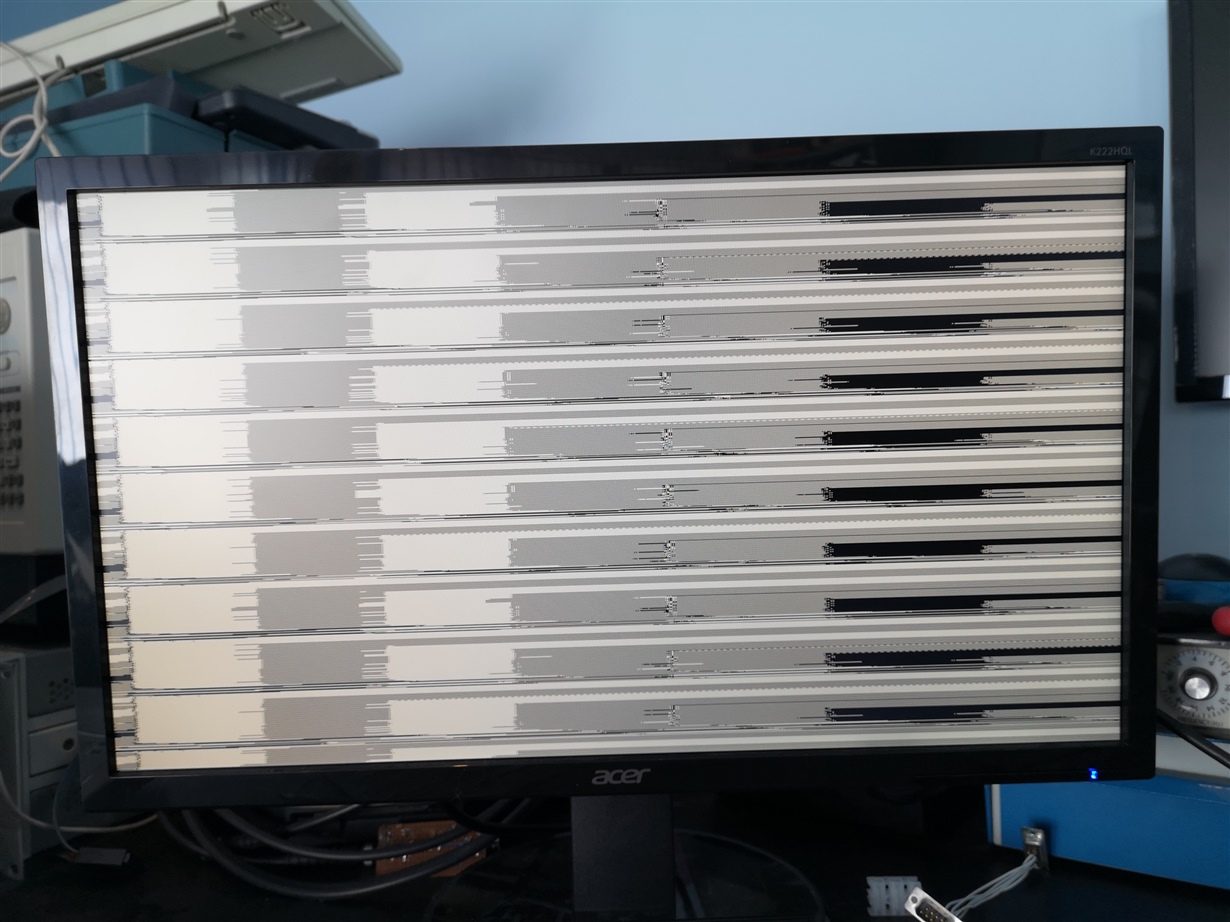Other Parts Discussed in Thread: TFP410
I have a system that connects to an Omnivision OV2740 image sensor through an FPD Link III serialiser (DS90UB953-Q1), retiimer (SN65DPHY440) and deserialiser (DS90QB960-Q1), the CSI-2 output from the deserialiser is further processed and displayed. The link works properly and images generated by the pattern generator in the serialiser are received without problems. However, when I put the serialiser in passthrough mode and try to display an image from the camera the serialiser doesn't recognise any start of frame packets. It's not possible to bring LV or FV out to a GPIO pin on the serialiser but it is possible to do this at the deserialiser where LV toggles with correct timing but FV remains high. The image sensor is programmed with proven manufacturer provided register values for 1080p at 60 Hz. The serialiser is set up for 2 lane CSI-2, synchronous mode (25 MHz from deserialiser) and provides a 24 MHz clock to the sensor. The Mode and General Status registers in the serialiser show no problems with either the forward or backward channels, the CSI status registers show:
CSI_ERR_COUNT 0x0000
CSI_ERR_STATUS 0x00
CSI_ERR_DLANE01 0x00
CSI_ERR_DLANE23 0x00
CSI_ERR_CLK_LANE 0x00
CSI_PKT_HDR_WC 0x0780
CSI_ECC 0x0B
The retimer CSR Register 0x0D shows no contention.
I've tried a number of register changes without success. Can anyone suggest what the problem might be ?


